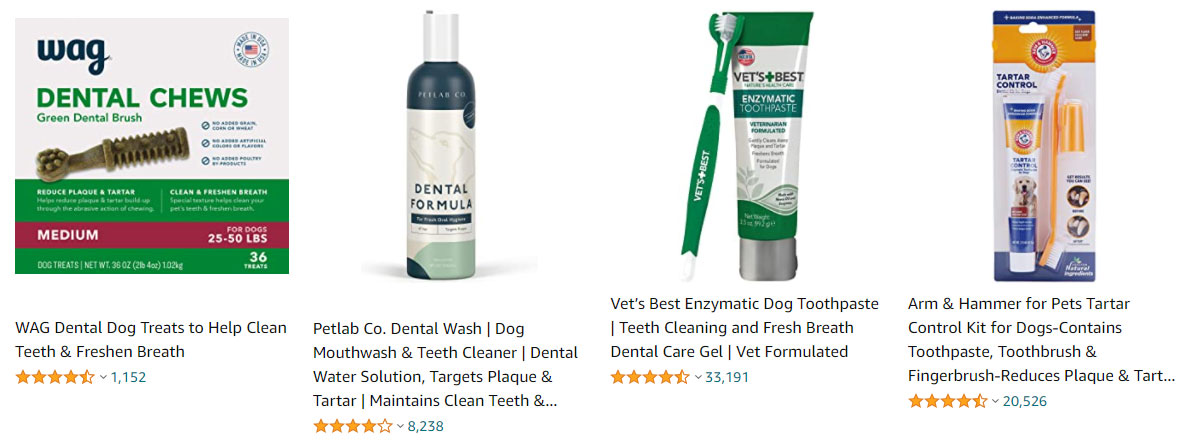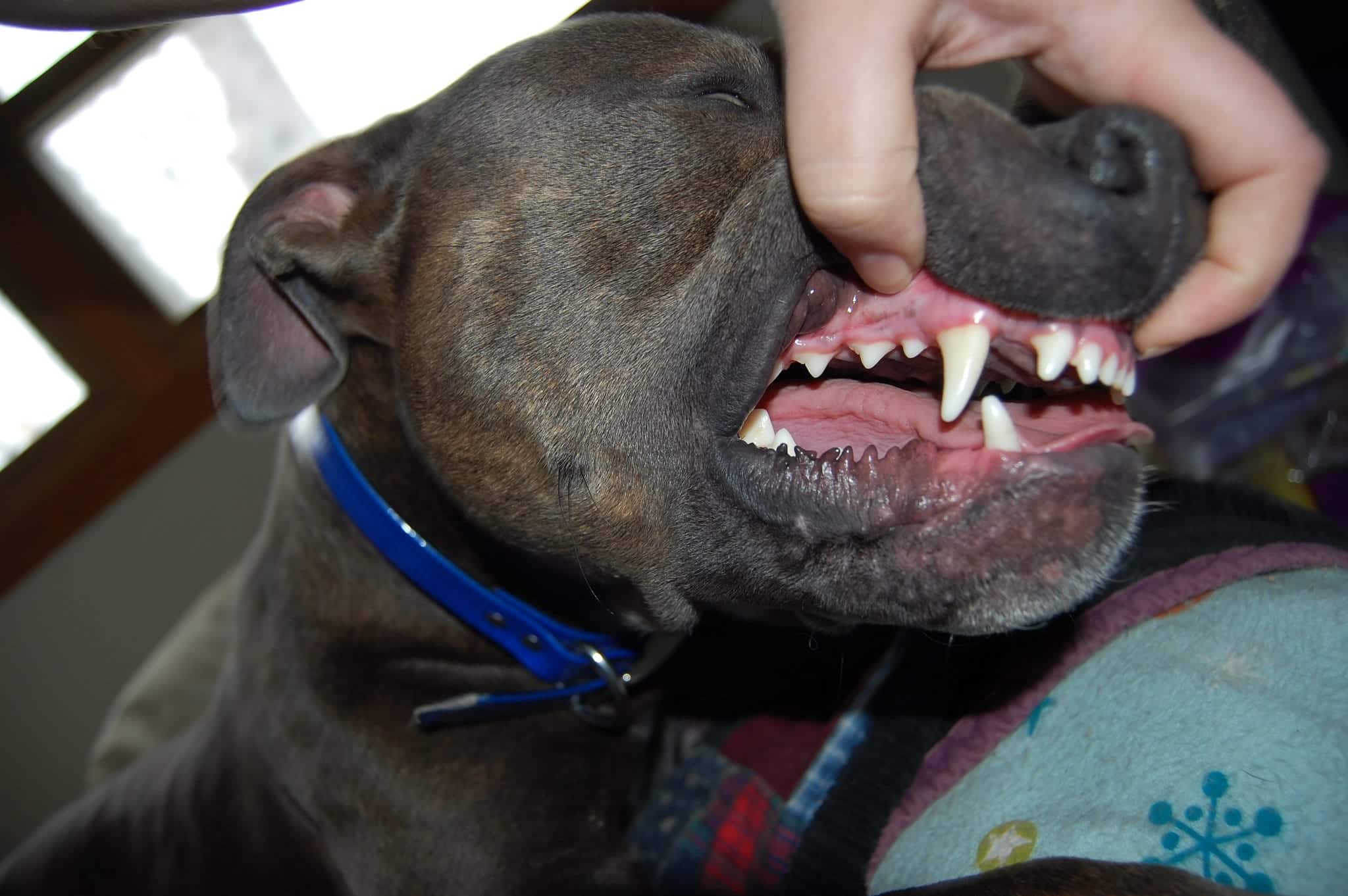Treatment for periodontal disease in dogs
Periodontal disease, also known as periodontitis, is the most common infectious oral disease in dogs. Difficult to detect by the novice owner, it is irreversible and can cause severe damage, including the loss of your pet's teeth.
In its advanced stages, the disease can eventually spread throughout the dog's body, causing a systemic infection that can lead to your pet's death. Fortunately, before this happens, it is possible to drastically reduce the risk of developing periodontal disease by taking care of your dog's health and oral hygiene.
What is periodontal disease in dogs?
Periodontal disease is an infectious disease that affects the periodontium, a collection of tissues that surround the tooth roots. The periodontium includes the gums, cementum, alveolar bone and alveolar ligament.
Most periodontal diseases consist of the aggravation of gingivitis, the latter being an inflammation of the gums. If gingivitis is relatively well treated, periodontal disease is much more serious and leaves irreversible after-effects.
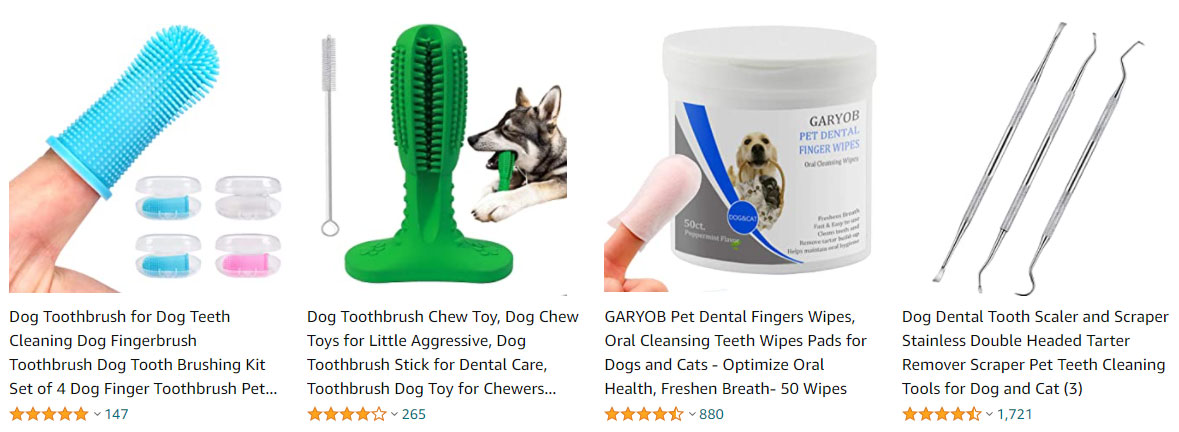
Causes of periodontal disease in dogs
Periodontal disease is caused by the proliferation of bacteria in the dog's mouth due to an accumulation of dental plaque. Plaque is a matrix that forms with the thickening of a biofilm, the biofilm being a layer of bacteria mixed with the dog's salivary proteins.
Over time, plaque mineralizes and becomes tartar, a matrix that covers the pet's teeth and can damage the periodontal tissues. Tartar buildup then causes inflammation of the gums - gingivitis - which, if left untreated, can lead to a generalized infection of the periodontal tissues.
At this point, we speak of periodontal disease, a condition that, unlike gingivitis, is not reversible. To put it simply, the most common cause of periodontitis is therefore poor oral hygiene of your dog, which causes the appearance of tartar and the proliferation of bacteria.
Symptoms of periodontal disease in dogs
The symptoms of periodontal disease evolve with the different stages of the disease. First of all, the accumulation of tartar on your dog's teeth should alert you, although this is not a symptom of the disease per se, but rather a trigger.
Tartar is imperceptible if you don't pay attention to it: the only way to observe its appearance is to regularly monitor the condition of your pet's teeth. This is also the only way to prevent the appearance of gingivitis and periodontitis, thus avoiding irreversible damage to your pet's health.
Bad breath is also a symptom of poor oral hygiene and the proliferation of bacteria in your dog's mouth. In more advanced stages of the disease, your dog may have difficulty eating, show signs of pain when chewing or stop eating.
As the periodontal disease spreads further, your dog's teeth may loosen or fall out. Finally, if the bacteria have entered the dog's bloodstream, they can affect other organs or cause sepsis.
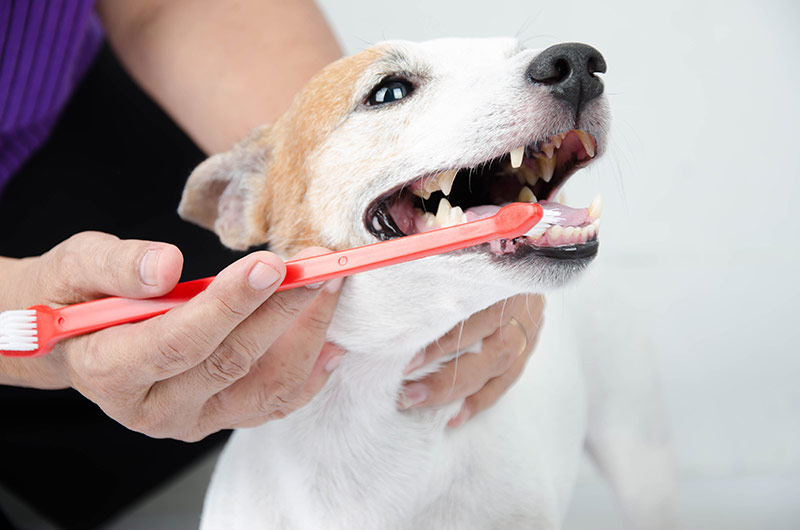
Consequences of periodontal disease in dogs
The consequences of periodontal disease in dogs are multiple, and worsen as it progresses. Generally, they are limited to the loss of the dog's teeth, because the owners react to this symptom and have their pet treated.
However, if the disease is not treated at this stage, it can contaminate the whole dog's organism and have consequences on different organs. In the most severe cases, this can lead to infection of the liver, kidneys or heart, resulting in dysfunction of these organs.
If nothing is done to eliminate the bacteria that have infiltrated your dog's body, periodontal disease can lead to septicemia resulting in the death of the animal. Fortunately, it is rare that the disease leads to the death of the animal, the great majority of the owners reacting well before arriving at this dramatic outcome.
How to treat periodontal disease in dogs?
The treatment of periodontitis is different depending on the stage of the disease and the general health of the dog. Generally, veterinary examinations (and in particular an X-ray of the teeth) will make it possible to determine the extent of the disease in order to set up an adapted treatment protocol.
In the early stages of the disease - gingivitis - scaling is performed to remove the plaque and tartar that are responsible for the growth of bacteria. Affected teeth will need to be surgically removed to avoid discomfort to the animal, but also to reduce the risk of developing superinfections.
At a more advanced stage, antibiotic treatment may be necessary to sanitize the animal's oral environment and neutralize the bacteria present in its body. Finally, it should be noted that the lesions caused by periodontal disease are irreversible, but can be treated to prevent them from getting worse.
Preventive treatments
The best way to significantly reduce the risk of periodontal disease in dogs is to maintain good dental hygiene. If your dog has a tendency to develop tartar, you can brush his teeth regularly with a toothpaste specifically designed for dogs.
However, it's important to know that a healthy dog on a healthy diet has few problems with tartar and plaque. In order for your dog to maintain good dental hygiene on his own, he must have the necessary tools at his disposal, i.e. "abrasive" food.
In the wild, canines keep their teeth healthy by gnawing on large bones or crunching on the cartilage and small bones of their prey. Rubbing these hard foods on their teeth acts like brushing and significantly reduces tartar build-up on their teeth. In fact, if you don't brush your dog's teeth, you should give him the means to preserve his teeth by himself!
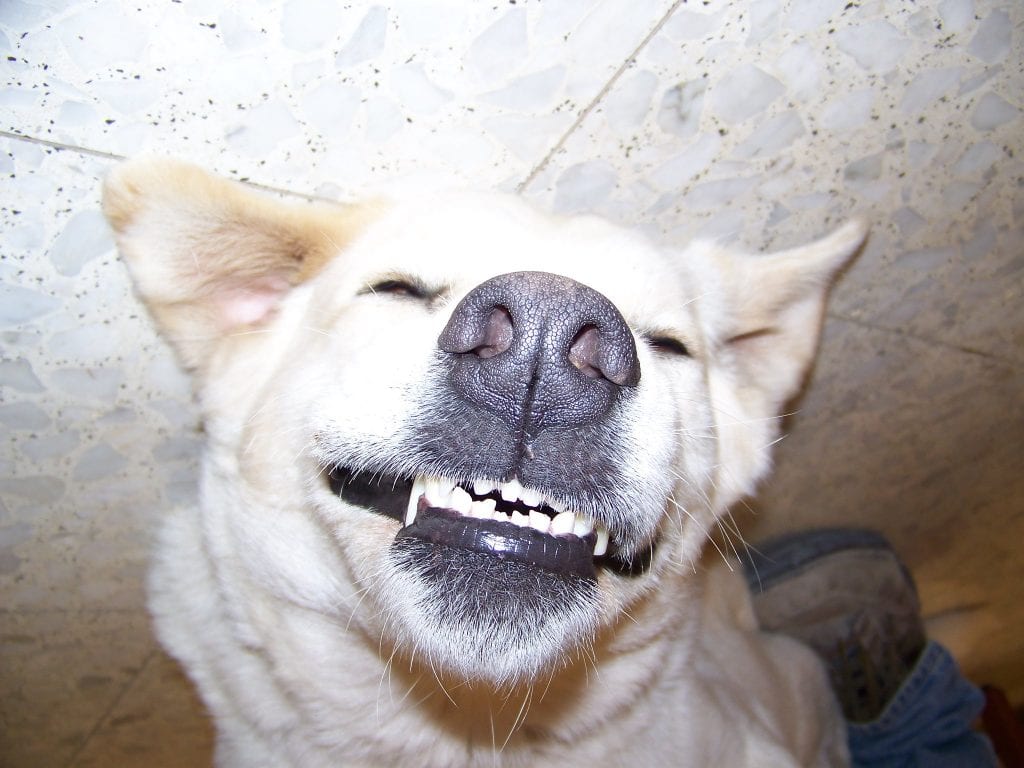
Exit soft foods, including the BARF diet or household rations: it is better to opt for kibbles, and even for "anti-tartar" kibbles if your dog is predisposed to the development of periodontal diseases (small or aging dog). Don't hesitate to offer him chew sticks specifically designed for oral hygiene next to his meals, as long as you choose good quality products.
Large chewable bones are very effective in reducing tartar in dogs, but they must be chosen carefully. Forget chicken, mutton or veal bones, which are too crumbly and can break, be swallowed by your dog and perforate the esophagus or stomach.
Instead, choose a large beef femur, which is much more solid and too big to be swallowed and cause an intestinal obstruction. Pig's ears, pieces of jerky or treats of any kind are not designed for a dog's oral hygiene, so they are not foods to give to your faithful companion for this purpose.
Finally, the best way to prevent periodontal disease is to keep a close eye on your dog's teeth. If you start to see tartar build up on your dog's teeth, visit your veterinarian for a preventive scaling and get off to a good start by following his advice on the best way to keep your dog's mouth healthy.
FAQ
Which dogs are susceptible to periodontal disease?
Periodontal disease affects dogs of all ages and breeds, but the degree of severity and occurrence varies depending on certain criteria. It is more common in dogs weighing less than 8 kg, because their teeth occupy a larger volume in their jaws than in larger dogs, which makes the bone damage more severe. It is also more common in older dogs - from 6 years of age onwards, and is caused by the progression of plaque over the years due to lack of proper oral care.
How common is periodontal disease in dogs?
Almost all dogs over the age of two will develop periodontal disease during their lifetime if their teeth are not properly maintained. This can range from simple gingivitis to deterioration of the teeth and jawbone if the infection is not managed promptly and good dental hygiene is not instituted.
What causes periodontal disease in dogs?
The most common cause is poor dental hygiene, although periodontal disease can also be related to infectious disease or certain medications.
What are the consequences of periodontal disease in dogs?
Unlike gingivitis, the early stage of the disease, periodontal disease causes irreversible damage to the animal's dental system. This can include damage to the jawbone, loss of teeth, necrosis of the gum tissue or, in extreme cases, a generalized infection of the dog's entire body.
Can you prevent periodontal disease in dogs?
The good news is that periodontal disease is extremely easy to prevent through the implementation of a few good practices to maintain good oral hygiene in your dog. Regular - if not daily - brushing of teeth, the adoption of foods specifically designed to preserve your dog's teeth and, if the condition of your pet's teeth requires it, annual scaling will drastically reduce the risk of oral infections.
Your dog's oral hygiene should not be left to chance in order to guarantee his good dental and general health. Periodontal disease is very common and generally occurs because of the negligence of owners who think they are doing the right thing by concocting homemade rations for their dogs or feeding them with pâté that they love.
To help your pet stay healthy, it's sometimes best to stick to industrial kibble specifically designed for them, or to opt for daily tooth brushing.
